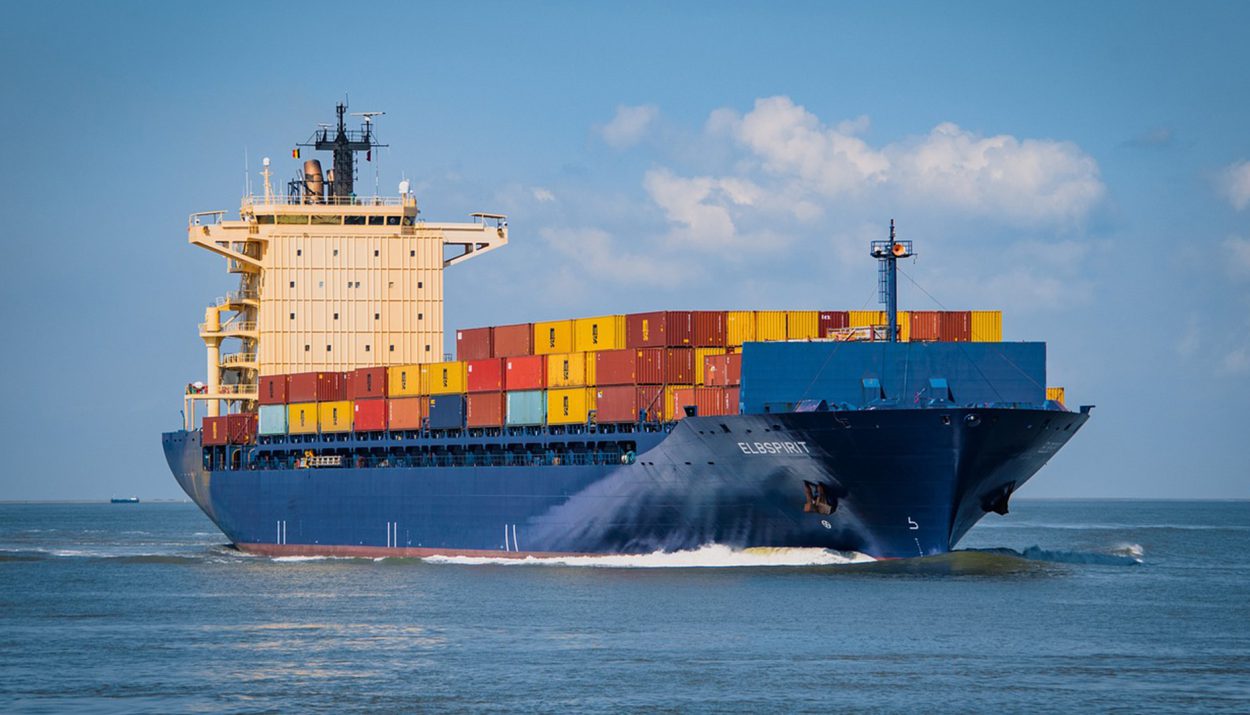In a startling incident, the APL Qingdao, a massive cargo ship spanning over 1,100 feet, experienced a loss of propulsion just after passing beneath the Bayonne Bridge in one of the nation’s busiest ports. The incident, which occurred on April 5, highlights the growing concern over the safety of large cargo ships navigating through narrow waterways and near critical infrastructure.
APL Qingdao Becomes a “Dead Ship” in Kill Van Kull Strait
The APL Qingdao, flying under the flag of Malta, had just unloaded 40,000 tons of imports at Staten Island’s Howland Hook Marine Terminal before setting off for Norfolk on April 5. As the ship navigated through the tight Kill Van Kull strait, it suddenly slowed to a mere 0.6 miles per hour, prompting a voice over the marine radio to declare, “He has lost propulsion. Looks like he might be a dead ship there.”
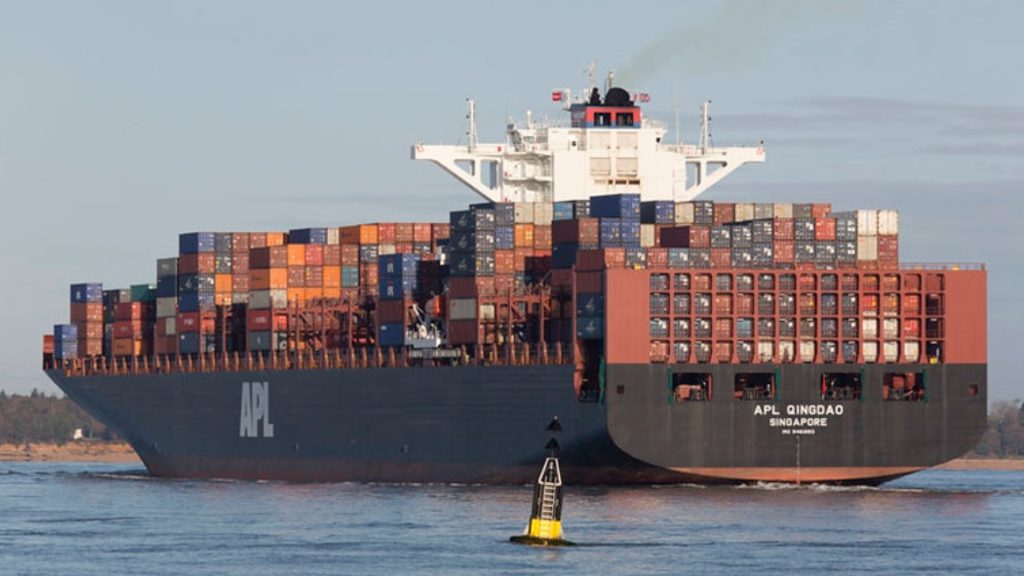
The term “dead ship” is used in the industry to describe a vessel that has lost the ability to move on its own. Fortunately, three tugboats were already escorting the Qingdao, as per local guidelines in the New York area, and they quickly moved to assist the troubled ship.
Hundreds of Cargo Ships Lose Propulsion in U.S. Waters
The APL Qingdao incident is not an isolated event. A Washington Post analysis of Coast Guard records revealed that hundreds of massive cargo ships have lost propulsion in U.S. waters over the past three years, with many incidents occurring near bridges and ports. The findings suggest that the loss of propulsion that led to the destruction of Baltimore’s Francis Scott Key Bridge on March 26 was not a one-off occurrence.
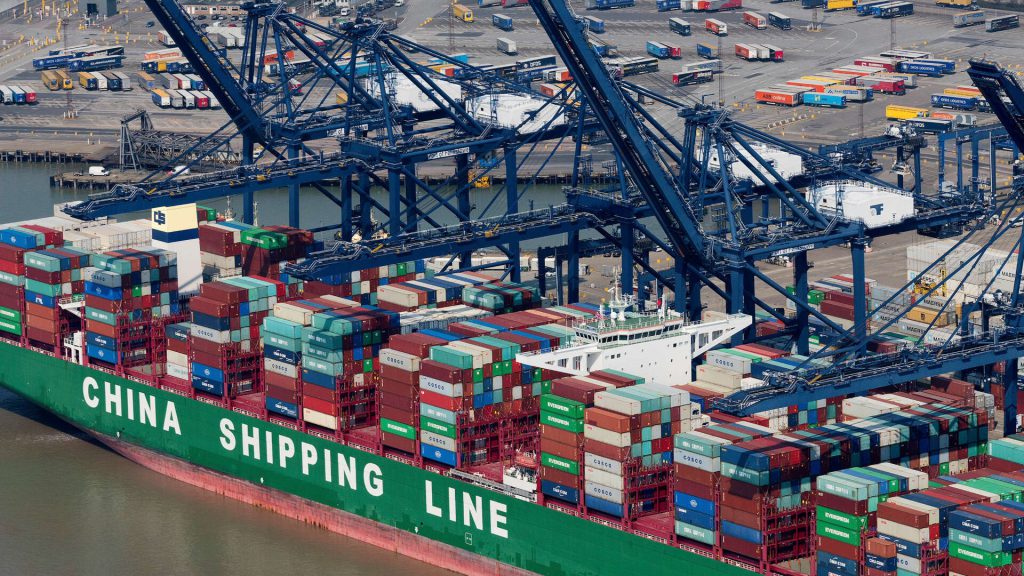
In the three years before the Baltimore tragedy, ships lost propulsion nearly two dozen times in the area, including a November 2021 incident where a 981-foot container ship lost propulsion for 15 minutes soon after passing under the Key Bridge.
Lack of Consistent Rules for Tugboat Escorts
Experts point out that the increasing size of container ships, coupled with the lack of consistent rules on when cargo ships should be escorted by tugboats, adds to the danger. While the APL Qingdao was escorted by tugboats as per local guidelines in the New York area, the decision to use tugboats is often left to ship captains and local pilots in other ports.
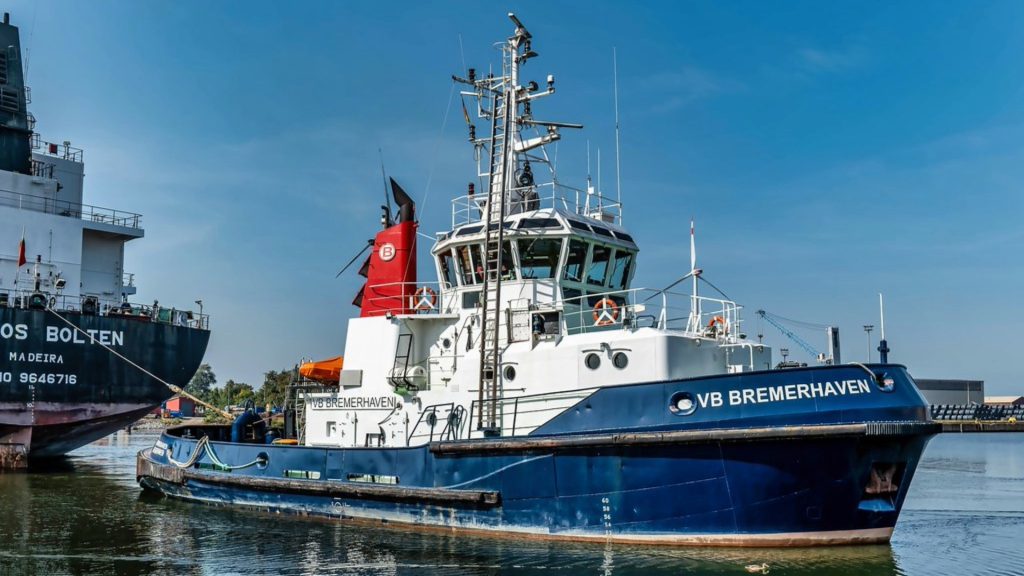
Aaron Davenport, a retired senior Coast Guard officer and maritime safety expert, stated, “I don’t think we’ve understood fully the consequences of these ships, of these large ships, operating in these ports.”
Causes of Propulsion Loss in Cargo Ships
The Coast Guard reports identified several causes for propulsion loss in cargo ships. In some cases, a total loss of electrical power led to engine shutdown, while in others, mechanical and equipment failures, such as malfunctioning valves, failed seals, and clogged filters, were to blame. Poor maintenance, deterioration, and human error were also cited as factors contributing to propulsion loss incidents.
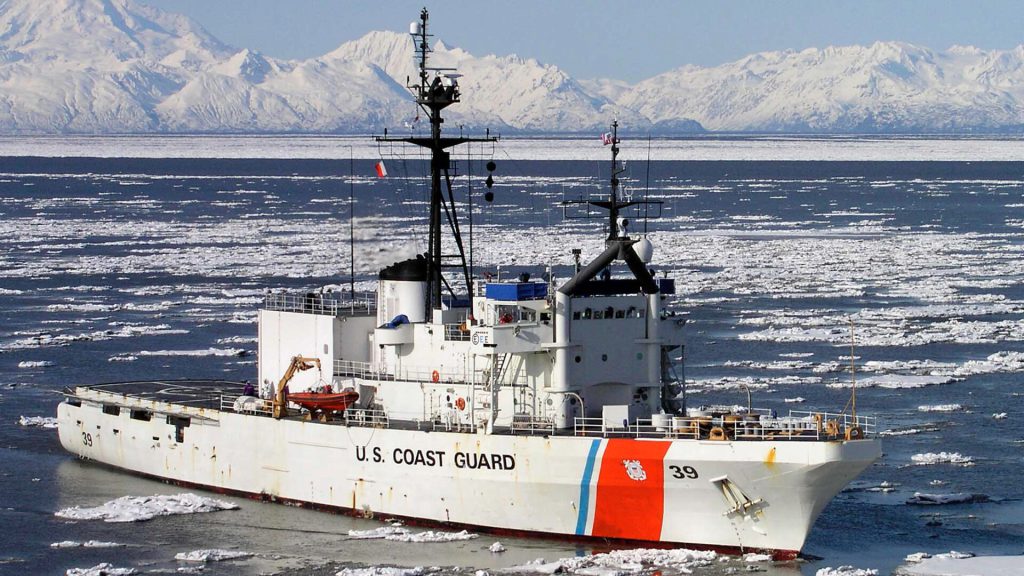
According to a 2017 report by the London P and I Club, a leading maritime insurance firm, ships are at a higher risk of losing propulsion when crews are maneuvering in confined waters like ports, which can place additional demands on power systems.
The Need for Better Risk Management
Joseph Ahlstrom, a professor at the State University of New York’s Maritime College, emphasized that the frequency of propulsion loss incidents highlights a risk that must be better managed. He expressed hope that the use of tugboats would become more widespread following the Baltimore disaster, stating, “Most regulations are written in blood. It takes something like this for people to say, ‘Whoa, we should do something.'”

Capt. John Konrad, founder of the shipping news website gCaptain, echoed these concerns, saying, “Our ports are vulnerable. America has to decide – do we want to invest in vessel traffic service, stronger bridges, better maritime Coast Guard investigators? Or do we want to roll the dice?”
Agios Dimitrios: A Close Call in Baltimore
In November 2021, the Agios Dimitrios, a 981-foot container ship, lost propulsion for 15 minutes soon after passing under the Key Bridge in Baltimore. Investigators concluded that an electrical fault rendered the engine nonresponsive. Fortunately, two tugboats were already with the ship, and a third joined to assist it back under the bridge to an anchorage near Annapolis for repairs.
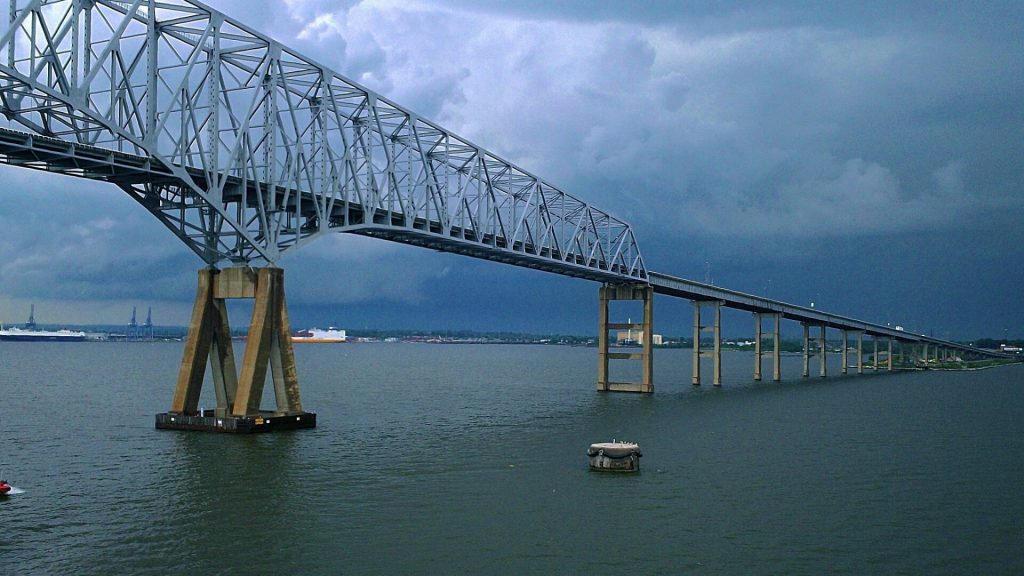
Global Ship Lease, the owner of the Agios Dimitrios, stated that the crew followed “established operating protocols” and that the vessel was able to undergo prompt repairs and proceed without further incident, thanks to close coordination with local tug operators and the Coast Guard.
Toledo Triumph: Engine Problems and Strong Winds
In March 2022, the Toledo Triumph, a 1,200-foot container ship, experienced engine problems and strong winds that pushed it out of a shipping channel near Norfolk. The chief engineer requested an engine shutdown after fire alarms went off in the engine room. Although the ship initially remained under control, a separate alarm triggered by leaking water turning to steam prevented the crew from restarting the engine.
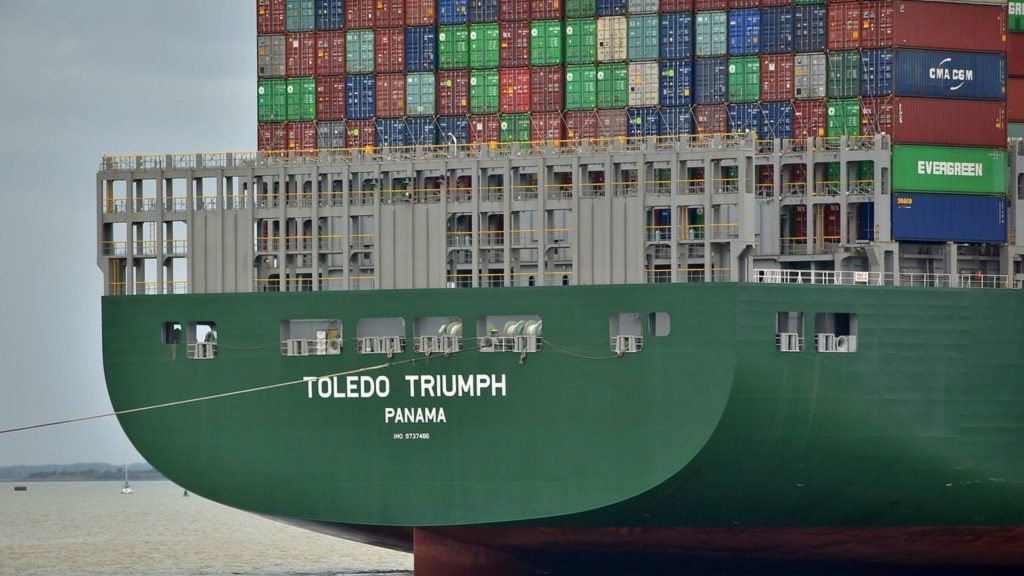
As the Toledo Triumph lost speed, it began to drift and eventually ran aground, pushed by winds of almost 40 mph. Fortunately, the ship suffered no significant damage and managed to free itself as the tide rose.
A patchwork of Regulations for Tugboat Usage
The use of tugboats to escort large ships in and out of U.S. ports is determined by a patchwork of federal and state laws, formal guidelines, long-standing practices, the judgments of individual pilots, and the financial incentives of ship owners. While maritime officials in New York and New Jersey have developed standards for managing the arrival of large vessels into their jointly operated ports, other ports leave the decision to use tugboats to ship captains and pilots.

Federal laws passed since the 1989 Exxon Valdez oil spill require tug escorts for oil tankers heading into Prince William Sound in Alaska and Puget Sound in Washington state, with a similar state law governing ports in California.
Port-Specific Approaches to Tugboat Usage
Jennifer Carpenter, the chief executive of American Waterways Operators, a trade group for tug companies, argued that different practices make sense given the diversity of ports in the country. She stated, “It is important to take a port-specific look at what are we trying to do here. What kind of traffic do we have here? How fast are they going? How well are our bridges protected? Those are all things that should go into an analysis.”

However, some experts believe that the reluctance of ship owners to use tugboats due to the high costs, combined with the opposition of some port authorities to tugboat mandates for fear of losing business to competitors, contributes to the inconsistent usage of these vital safety measures.
The Financial Burden of Tugboat Escorts
Tug escort services can cost thousands of dollars an hour, according to rate sheets published by major operators. This financial burden often deters ship owners from using them unless required by law or port regulations. Walter Nadolny, a professor emeritus at SUNY Maritime College, explained, “A ship owner and his money are very hard to part, and unless you require it, they’re not going to do it. They’re not crazy about spending the money.”

The high costs associated with tugboat usage, coupled with the lack of uniform standards across U.S. ports, have led to a situation where the safety of large cargo ships navigating through narrow waterways and near critical infrastructure is not always prioritized.
The APL Qingdao’s Journey
The APL Qingdao arrived in New York on April 2 and spent three days unloading approximately 40,000 tons of imports, primarily from India and Pakistan, including steel pipes and jasmine rice. On April 5, at 7:29 p.m., the ship set off from Staten Island’s Howland Hook Marine Terminal, bound for Norfolk, escorted by three tugboats.
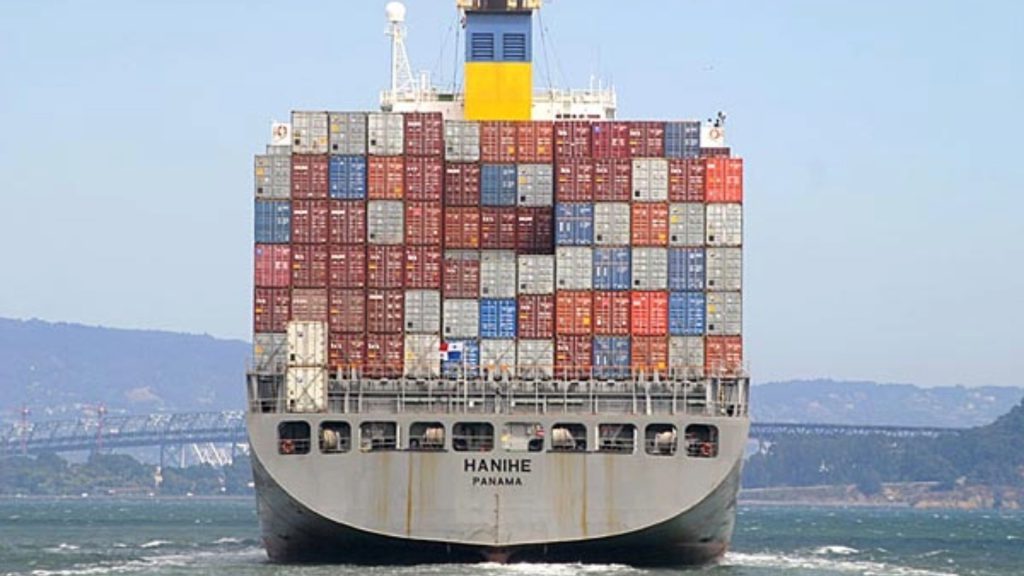
As the Qingdao passed under the Bayonne Bridge at 8 p.m., it entered the tight Kill Van Kull strait, where it suddenly slowed to about 0.6 miles per hour just nine minutes later.
Tugboats to the Rescue
At 8:17 p.m., tugboats began an operation to assist the APL Qingdao, according to records from the shipping data service Kpler. Three minutes later, a voice on a marine radio channel covering the area reported that the Qingdao had lost propulsion and might be a “dead ship.”
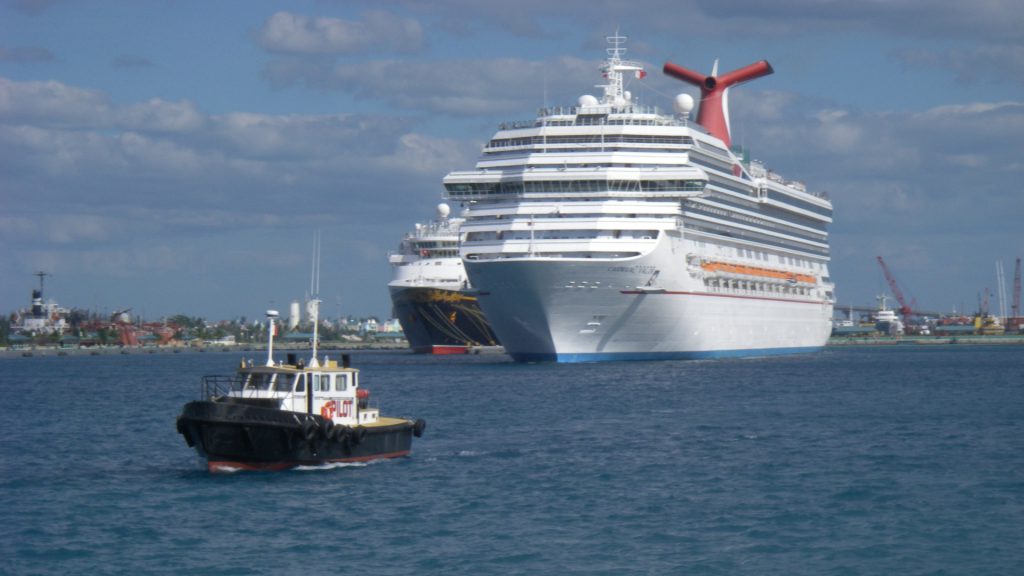
Federal regulations define a “dead ship” as one that has lost electrical power and lacks backup systems for restoring main propulsion. Other authorities and maritime groups use the term for a vessel that has lost both propulsion and steering.
Temporary Loss of Engine Power
At 8:24 p.m., another voice on the marine radio stated that the APL Qingdao had “lost engine power temporarily, has lost engine power but has regained it back.” The ship was then directed to the Stapleton anchorage site near the Verrazzano-Narrows Bridge, which connects Staten Island and Brooklyn.

The prompt response of the tugboats and the temporary nature of the engine power loss helped prevent a potentially catastrophic incident, highlighting the importance of having escort vessels readily available to assist large cargo ships in case of emergencies.

